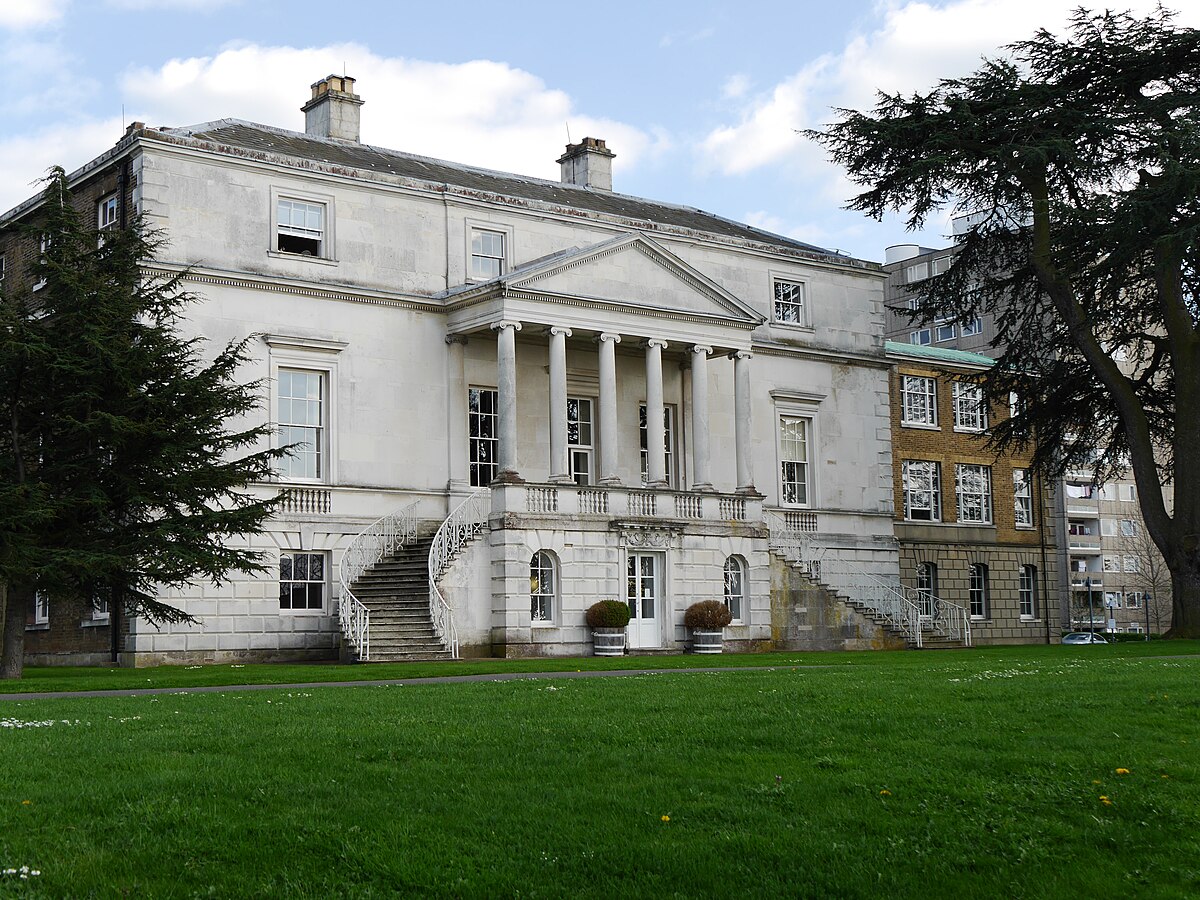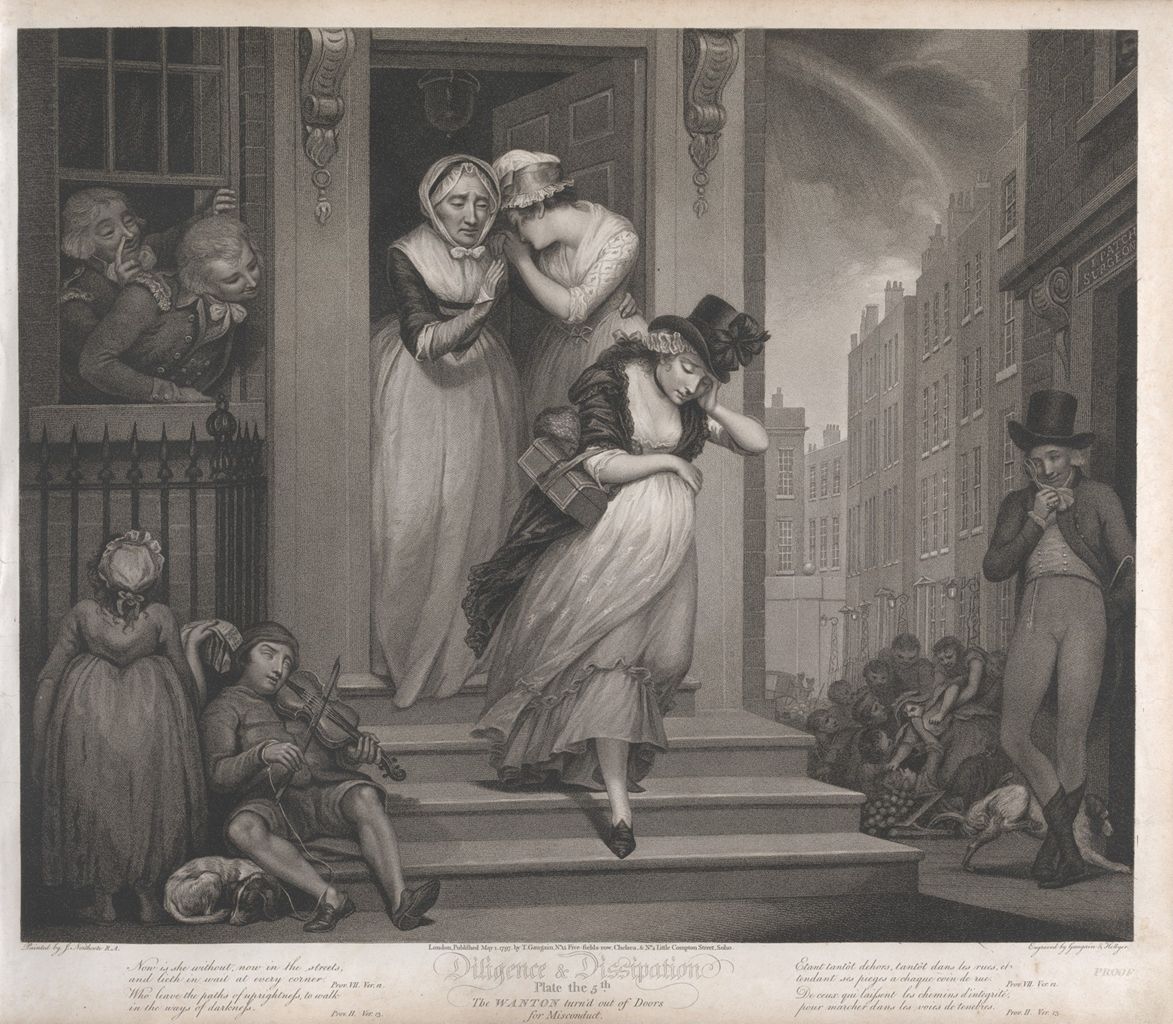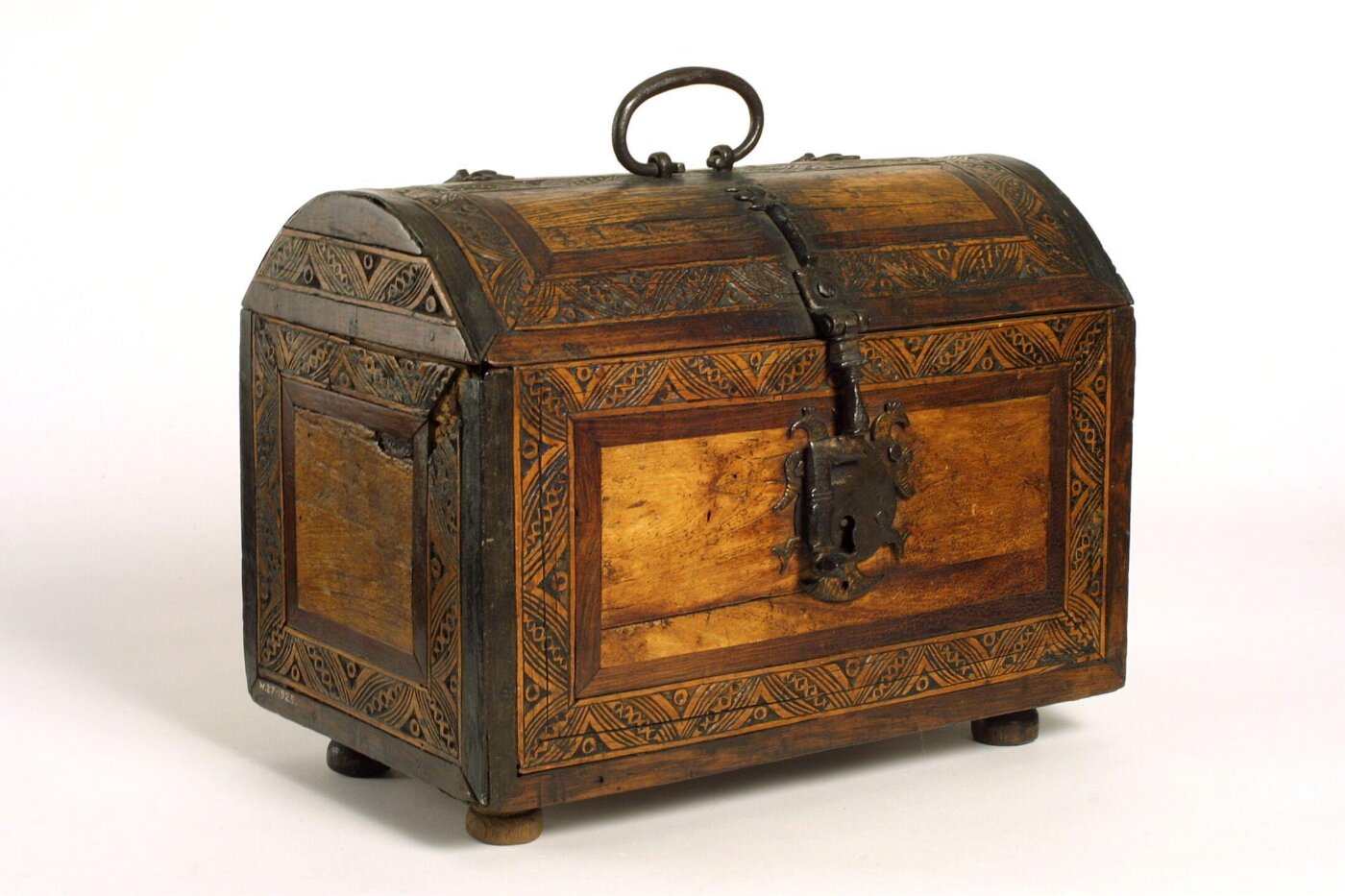Posted by e.m.vine@exeter.ac.uk
29 July 2025With thanks to Harry Smith for help with tracking down Mary Carlton’s burial record.
Our recent ‘Will of the Month’ blog posts have featured the wills of testators who listed dozens of possessions and personal items, and who made bequests to large numbers of friends and family. Most recently we have also written about the wills of fairly high status individuals, including a Tudor lady-in-waiting, and a country squire with connections to Henry VIII and Anne of Cleves.
This month’s post is an exercise in doing something quite different – an exploration of the will of someone lower down the social scale, who appears to have had very few things to bequeath. Equally, unlike the detailed biography that was compiled for our previous testator, the will of this individual appears to be one of the only documentary references to her existence. There is little evidence of her life or family connections. How do we study the life of someone who left very little behind – both in her will, and in the historical record?
—-
Mary Carlton the servant
Mary Carlton, who made her will shortly before her death in February 1785, described herself as ‘Servant to Lord Basbury of Rowhampton’.[1] ‘Lord Basbury’ probably refers to William Ponsonby, 2nd Earl of Bessborough, an Anglo-Irish peer who built Bessborough House, a large villa, in Roehampton in the 1760s.[2] Carlton appears to have been a maid in this large household.

Carlton’s will is short. She did not identify any family – she did not describe herself as a widow, but it is unlikely that she had married or had children. We know that she was buried on 10 February 1785, five days after she made her will and four days before it was proved before the Prerogative Court of Canterbury. She was buried in St James’s Paddington, and we know from her burial record that she had been living in ‘Putney Surrey’ (the site of Bessborough house now sits on the borders of Putney and Roehampton).[3]
We lack the ability to reconstruct a family tree or precise connections between the testator and the people mentioned in her will. She did reference a godson, Thomas Pennent, who she left £10 (roughly £1200 today).[4] Like most testators whose wills were proved before the Prerogative Court of Canterbury, her estate was worth more than £5. She also made arrangements for her ‘Interest and Stock in the Bank of England’. As a servant, she may have been of lower status, but she also had means. Her executor William Barnett witnessed her will, as did another beneficiary, John French. John French and a Mr Petters both received a gold ring, and these two gold rings were two of the only objects mentioned in Carlton’s will.
If Carlton, like many servants, lived in her employer’s household, perhaps in a shared bedroom, she may not have had any furniture of her own to bequeath. She did not itemise household furnishings (some testators listed the individual featherbeds, chairs, or wall hangings in their home), and equally the common umbrella term ‘the residue of my household goods’ is also absent from Carlton’s will.
Mary Carlton’s ‘box’
In lieu of household goods and furnishings, there is a single important reference that could easily be overlooked: Carlton’s mention of ‘my Box’, which contained seventeen guineas in cash (roughly £2200 today).[5] Amanda Vickery and Tessa Chynoweth have both explored the significance of servants’ ‘boxes’ in the eighteenth century.[6] In an overcrowded living environment where servants may have had shared sleeping quarters, a small wooden box was generally the only place where they could store their own possessions, and generally the only place where they could keep items locked away, and be permitted to keep the key.[7] The locked box, as Vickery has suggested, provided ‘access to a small place of privacy [which] held out a promise of some autonomy and independence.’[8]

Although some servants’ boxes would have been small, like the portable box in the engraving above, others were larger, perhaps a similar size to a trunk. Some servants’ boxes were capacious enough to store clothing and bed linen, and Chynoweth’s study has shown that they could contain a broad range of personal items including bibles and other books, mirrors, jewellery, watches, bed linen, razors, combs, and purses.[9] One servant, upon having lost her box when the coach she was travelling in had been driven off, claimed it contained ‘every thing I was worth in the whole world’.[10]
All we know about Mary Carlton’s box is that she conspicuously identified it as ‘hers’, and that it contained seventeen guineas in cash. We generally only find evidence of what was kept inside servants’ boxes when they were stolen, and when the owner was forced to testify to its contents in a court of law. Carlton’s box was perhaps where she had safely stored the gold rings that were given to John French and William Barnett, but we don’t know what other personal possessions may have also been locked away. Her executors were assigned her ‘Worldly Effects’ – which suggests they may have also taken possession of her locked box as well as the cash inside it.

Funeral tokens
One of the most insightful bequests was made to Carlton’s ‘ffellow servants that is to say the Maids’ – the women that she worked and presumably lived alongside – some of which she may have shared sleeping quarters with. She desired that they would each ‘have Gloves at my ffunerall which I desire may be a decent one’. It was common for gloves to be distributed at funerals in the eighteenth century.[11] At larger or more elaborate funerals, these tokens for mourners were ‘carefully calibrated to the status of both the deceased and the recipient’. This meant that higher status mourners might have received gloves made of more expensive material such as black lambskin, while lower status guests might have been differentiated with gloves made of ‘mock shammy’ (from chamois, a type of faux leather).[12] Carlton’s fellow maids were in this instance the only group singled out to receive gloves: no other friends, family, or anticipated mourners were mentioned. The gloves’ material was not specified – presumably whatever material the money set aside for her ‘decent’ funeral could buy. This bequest, one of few that Carlton made, demonstrates a sense of kinship with her fellow maids, and perhaps the esteem with which she held them. There are similarities with the expected presence of fellow tradesmen at the funerals of guild or livery company members. This bequest also perhaps acknowledges that these women were the closest thing she had to a household or family network.
So, how can researchers study the lives of those who left little behind? Where few associated records survive, we have to attend to and explore the small details. We also need to place these small details in their historical context, drawing on what we know about female servants in the eighteenth century to try and build up a picture of the testator’s life.
There is very little that we know about Mary Carlton the housemaid – we don’t know about her family, how old she was when she died, and what possessions she may have kept inside her locked box. But from her will we can see some glimpses into her life, and particularly into her friendships. We know that she was trusted and valued enough to act as a godparent, and that she left a significant amount of money to her godson. We also know that she expected her fellow maids to attend her funeral, and that she intended that they should each receive a token for doing so. Indeed, even though we may assume that her executors, godson, and the only two other beneficiaries mentioned would have also been present at her burial, it was her fellow servants that were singled out to receive a symbolic keepsake, and perhaps to take the lead on mourning. It is possible that these tokens were to recompense an obligation fulfilled, yet equally they could be a mark of appreciation for, and a desire to be remembered by, those that Mary Carlton had spent so many hours working and living alongside.
Febry the 5 1785 I Mary
Carlton Servant to Lord Basbury of Rowhampton in the County
of Middlesex Spinster being of sound Memory of Mind and
in the fear of God do make this my last Will and
Testament and do appoint William Barnett and Jane
his Wife my Heirs and Executours of my Worldly Effects
that is to say all my Interest and Stock in the
Bank of England and else where for their use
subject to these my Legacies that is to say I will
that my Godson Thomas Pennent to have paied
to him Ten pounds of lawfull Money and I say unto
Mr ffrench and Mr Petters a Gold Ring, Cash in my
Box seventeen Guineas my ffellow servants that is to
say the Maids to have Gloves at my ffunerall which
I desire may be a decent one whereas I set my
Hand this day Mary Carlton X her Mark LS Witness John French
Wm Barnett Jane Hiorly X her Mark LS
This Will was proved at London the fourteenth
day of ffebruary in the year of our Lord one thousand
seven hundred and eighty five before the Worshipful Andrew
Colter Ducarel Doctor of Laws Surrogate of the Right
Worshipful Peter Calvert Doctor of Laws Master Keeper or
Commissary of the prerogative Court of Canterbury lawfully
constituted by the Oath of William Barnett one of the Executors
named in the said Will to whom administration was
granted of all and singular the Goods Chattels and Credits
of the said deceased he having been first sworn Duly to
Jane Barnett (wife of the said William Barnett the other
Executor named in the said will when she shall apply
for the same ./.
[1] PROB 11/1126/238, Will of Mary Carlton, Servant of Roehampton, Middlesex, 14 February 1785.
[2] Gerard O’Brien, ‘Ponsonby, William, second earl of Bessborough (1704–1793), politician’, Oxford Dictionary of National Biography. 23 Sep. 2004; Accessed 23 Jul. 2025. https://www.oxforddnb.com/view/10.1093/ref:odnb/9780198614128.001.0001/odnb-9780198614128-e-22504.
[3] St James, Paddington: Sussex Gardens burial register 1655-1812, viewed via ‘London, England, Church of England Baptisms, Marriages and Burials, 1538-1812’ at https://www.ancestry.co.uk/ .
[4] Estimate from https://www.nationalarchives.gov.uk/currency-converter/ and https://www.bankofengland.co.uk/monetary-policy/inflation/inflation-calculator
[5] Estimate from https://www.nationalarchives.gov.uk/currency-converter/ and https://www.bankofengland.co.uk/monetary-policy/inflation/inflation-calculator
[6] https://qmro.qmul.ac.uk/xmlui/handle/123456789/25813
[7] Amanda Vickery, ‘An Englishman’s Home Is His Castle? Thresholds, Boundaries and Privacies in the Eighteenth-Century London House’, Past & Present 199, (2008), pp.147–173 at p.164.
[8] Vickery, ‘An Englishman’s Home Is His Castle?’ p.152.
[9] Tessa Chynoweth, Domestic service and domestic space in London, 1750-1800, Unpublished PhD thesis, Queen Mary University of London, (2016), pp.162-3; p.170.
[10] Chynoweth, Domestic service and domestic space in London, p.169.
[11] Ralph Houlbrooke, Death, Religion, and the Family in England, 1480–1750,(Oxford University Press, 1998),p.285.
[12] Steven C. Bullock and Sheila McIntyre, ‘The Handsome Tokens of a Funeral: Glove-Giving and the Large Funeral in Eighteenth-Century New England’, The William and Mary Quarterly 69, (2012) pp.305–46 at p. 330.